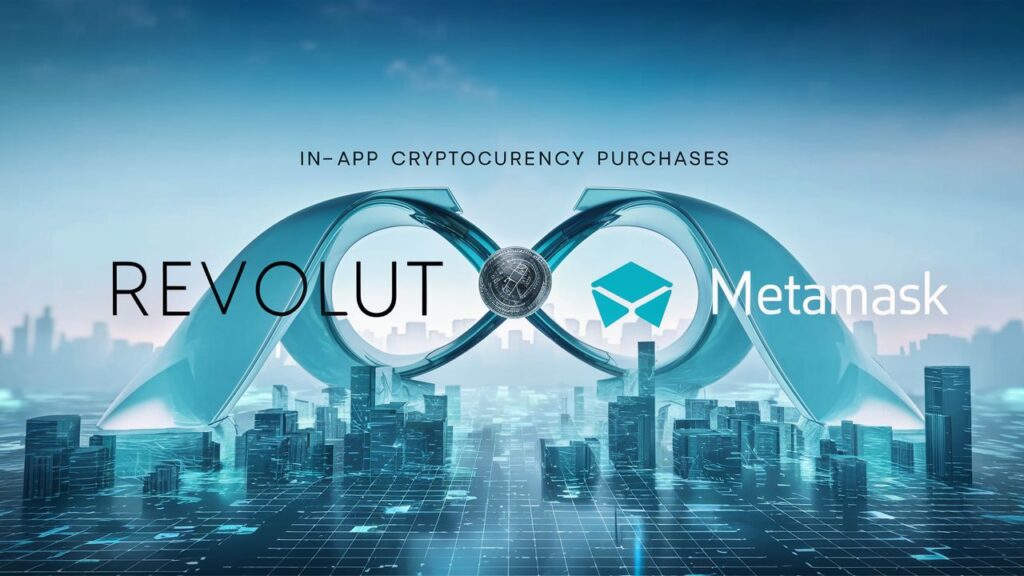
The market proportion of Lido in Ethereum staking falls below 30%.
Additional notable participants in the ETH staking ecosystem include Binance and Coinbase (14.04% and 3.75%, respectively), as well as the Ethereum pledging platform Kiln (3.5%).
The recent influx of $3,367 worth of Ether ETH stakers decreased liquid staking solution Lido’s market share from 32% in December 2023 to 29.57%, thereby alleviating concerns regarding Lido’s expanding influence on the ecosystem.
Lido’s prominence and the lack of competition in the ETH staking space allowed the platform to dominate the market.
A group representing more than 33 percent of the market was apprehensive that such a group might exert control over multiple facets of the Ethereum blockchain.
The FCA and Bank of England establish the Digital Securities Sandbox for DLT testing.
According to data from the crypto analytics platform Dune, as of April 4, Lido’s staked ETH market share had fallen below 30%.
Additional notable participants in the ETH staking ecosystem include Binance and Coinbase (14.04% and 3.75%, respectively), as well as the Ethereum pledging platform Kiln (3.5%).
“Unidentified” is the designation for the second-largest entity in ETH staking, which currently represents 16.9% of the market.
Among the 26 known entities that contribute to the overall ETH staking, Kraken (2.4%), Bitcoin Suisse (1.6%), OKX (1.2%), and Upbit (1.1%) are all cryptocurrency exchanges.
Vitalik Buterin, co-founder of Ethereum, asserts that stake pools ought to have a maximum control of 15% and should “continue increasing their fee rate until it falls back below 15%.”
In May 2022, the Lido decentralized autonomous organization (DAO) community put forth a hard limit as an initial attempt to resolve the ETH staking dominance issue. In June 2022, the DAO, however, rejected the proposal by a vote of 99.81%.
We anticipate that increased competition among ETH staking service providers will significantly contribute to the decentralization of the staking ecosystem.
In a recent report, in-house analysts at Coinbase identified a number of potential hazards associated with the issuance of liquid restaking tokens (LRTs) and Ether restaking.
Ordinals generate positive momentum in Bitcoin innovation. Franklin Templeton stated:
The analysts stated, using Eigenlayer, an Ethereum restaking protocol, that “while this (restaking) can increase earnings, it can also compound risks” due to the fact that the same funds are allocated to similar validators in exchange for a higher yield.
“As a result, LRTs may be motivated to optimize their returns for the purpose of increasing their market presence; nevertheless, this may entail an increased (albeit concealed) level of risk,” they further stated.








